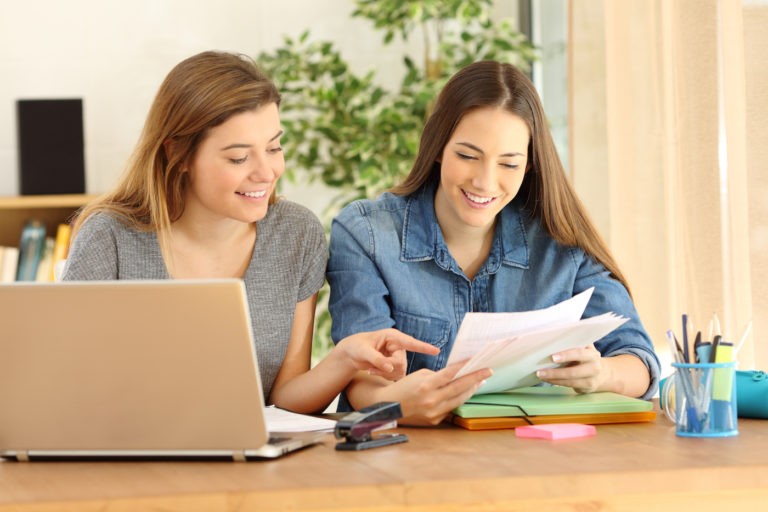What is Peer Editing and Why is it Important?
Peer editing is referred to as looking at a piece of written work by someone who is equal to you in skills or ability and giving them feedback.
Educators are often called upon to make some important decisions. We have to make decisions to meet the needs of our students. How can we as educators make decisions about our students and ensure their impact will result in success for them?
In order for peer editing to be successful, the instructor must have clarity of the changes that are needed in the classroom. First and foremost, the instructor must think of the following:
- Structure of the classroom
- Resources
- Environment
- Training
Structure of the Classroom
The instructor must develop an organized and operational class structure focused on student improvement. The instructor must be able to interact and connect with the students, review classroom space, and determine classroom layout that best fits students’ needs.
Resources
Peer editing begins with rethinking how all available resources can be distributed to the students. The instructor should provide resources that are mostly universally accessible. Students need good writing tools.
Environment
Set up an environment where students can receive feedback from each other without any barriers. Determine how you are going to group your students and how they are going to interact with one another.
Training
Good training will minimize problems and increase the likelihood of successful student performance. Instructors need to hold regular peer-editing sessions to make sure students are aware of good peer-editing techniques.
In order for students to be successful, they need training on how to edit. The instructor must teach students how to provide effective feedback to their peers, and the instruction should include modeling and specific prompts which will elevate the content of feedback and link it to accountabilities for their peers.
Why is Peer-editing Important?
Peer editing helps the students in the following ways:
- Provides targeted solutions which improve the learning experience
- Increases comprehension and buy-in of each student
- Promotes mutual interest in cooperative learning by increasing the comfort within which peers learn and confirm comprehension
- Supportive connections between peers will result in successful student outcomes by establishing inter-dependence and appreciation while extinguishing adversarial competition
- Creates a culture of compassion as the peers take on the personal commitment to help their classmates and thereby improve student achievement overall.
Strategies for Teaching Students to Peer Edit
Here are a few strategies to consider when teaching students to peer edit:
Editing Skills
Create visuals that demonstrate “good” and “poor” editing techniques. The content of effective peer editing should be concise, qualitative and personalized.
Students need to be taught how to share and post by providing models such as phrases, words, and cues that are either complimentary or developmental. As students apply their knowledge of how to make edits, there should be clear remarks which affirm/compliment and clear constructive comments that specify the issue in need of remediation. Peer editing should be encouraging and suggestive of specific elements that are mutually agreeable as “improvements” of the content. If the students do disagree, they should offer suggestions with the goal of supporting individualized interest in personal performance and sustainable achievement and growth.
Amores (1997) states that negative criticism may produce even more counterproductive responses, since students probably assume that they share the same status when entering the peer-editing relationship.
Rubric
Provide appropriate rubrics for the students to follow. It’s important to have a shared rubric/standards that everyone can reference when reviewing.
Opportunities to Practice
Determine support structures needed to have a successful peer-editing program. The instructor should be the “Help Desk”, available to resolve impasses and to address individual student needs.
Ability to Collaborate with Peers
The instructor should facilitate relevant and familiar constructs around which the students interact cooperatively. Also, there must be norms for all conduct in the learning environment that assure and maintain a compassionate and objective tone for interaction. The adherence to the classroom norms will create an environment of trust for students’ interactions, all of which must be relative to the subject matter.
A study done by Diab revealed that the students who engaged in peer editing reduced their rule-based language errors in revised drafts more than those who self-edited their essays. These findings stress the role collaborative dialogue plays in mediating second language learning (Diab, 2009).
In summary, peer editing plays a very important part in today’s classroom. The process must follow proper protocol to be successful. The instructor must address both the student and the classroom environment, defining the best protocol and design of the peer-editing model.




